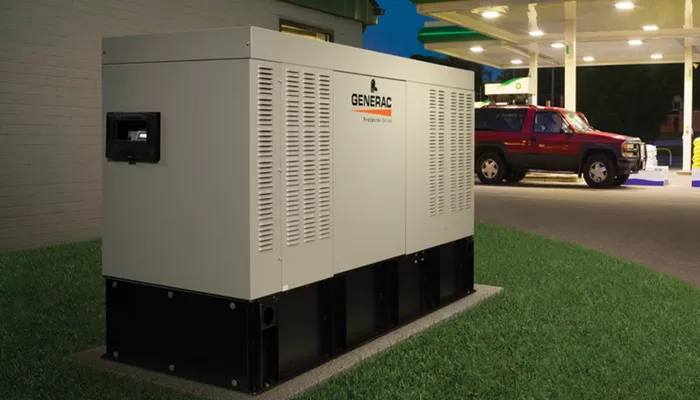Generator sales have sharply increased in the Pittsburgh area following a major storm system that struck Western Pennsylvania in late April. The storms caused power outages for over 700,000 customers.
KDKA’s John Shumway explored the benefits and drawbacks of installing a generator at home.
The main drawback is the upfront cost. However, the advantages are many and not always obvious.
When the storm knocked down trees and power lines, many residents faced serious challenges.
“I know the average homeowner loses power about one and a half times a year, so there’s never a good time to lose power,” said RC Watt, owner of RC Watt Co.
Watt, who has extensive experience in the auxiliary power industry, said his company received thousands of calls after the April 29 storm hit Pittsburgh.
Generators sound like a car or large engine starting up. They run on hydrocarbon fuels such as natural gas or propane.
These devices turn on automatically when they detect a power outage. They keep home offices running, support medical equipment, power air conditioners, and preserve food in refrigerators.
“People have freezers full of food, so there is a lot of loss when they don’t have a backup generator,” Watt explained.
The cost of a generator depends on how much power you want to supply.
“It comes down to how many refrigerators we are backing up and how many air conditioners you want to run,” Watt said.
Basic generator systems start around $7,000, depending on the supplier and additional installation costs. This makes it a significant investment.
Smaller portable generators, sold at home improvement and big-box stores, were quickly sold out after the storm. Supply is now recovering. These smaller units are much cheaper, ranging from about $300 to a few thousand dollars.

